The Groove Seeker goes in search of killer grooves across rock, funk, hip hop, soul, electronic music, jazz, fusion, and more.
 Blink: The Architects (Whistler, 4/19/11)
Blink: The Architects (Whistler, 4/19/11)
Blink: “Protect From Light (I)”
[audio:https://alarm-magazine.com/wp-content/uploads/2011/05/01-protect-from-light-i.mp3|titles=Blink.: Protect From Light (I)]
If there’s one collective that typifies the spirit of modern jazz and the next step into its “post” era, it’s Chicago-based experimental-jazz quartet Blink. And though that might sound bogus given the fact that its new album comes only in cassette and digital-download formats, the quartet’s lo-fi approach doesn’t mean that it’s not legit. Since its 2008 debut, The Epidemic of Ideas — a record that imparts heavy emphasis on jazz experimentation and improvisation — the quartet has toured the world, received awards from the Illinois Arts Council, and had its compositions commissioned and performed by the International Contemporary Ensemble and the Peoria Ballet Company.
On its sophomore effort, The Architects, the quartet builds on its mishmash of free jazz, rock, and electronics, this time with a new approach for structured compositions. The beauty of it all? You can’t really tell the difference. In jazz, it’s said that the best improvised music sounds composed and the best composed music sounds improvised. As circular as that sounds, the adage holds a lot of wisdom in understanding the merits of Blink and its overall sound.
Listeners will find the nine-song set, entirely composed by bassist Jeff Greene, to have a distinct balance. Greene’s compositions build on one another, creating a musical dialogue that revisits melodies and textures to create intricate forms of theme and variation. But the songs still feel open-ended, with solid foundations for drummer Quin Kirchner, guitarist Dave Miller, and saxophonist Greg Ward to instill in them a loose musical chemistry that is spontaneous and artful.
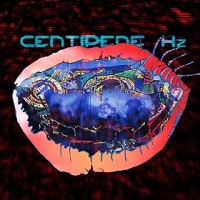 Animal Collective: Centipede Hz (Domino, 9/4/12)
Animal Collective: Centipede Hz (Domino, 9/4/12)



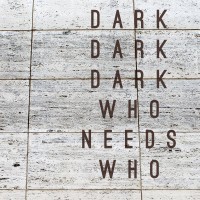


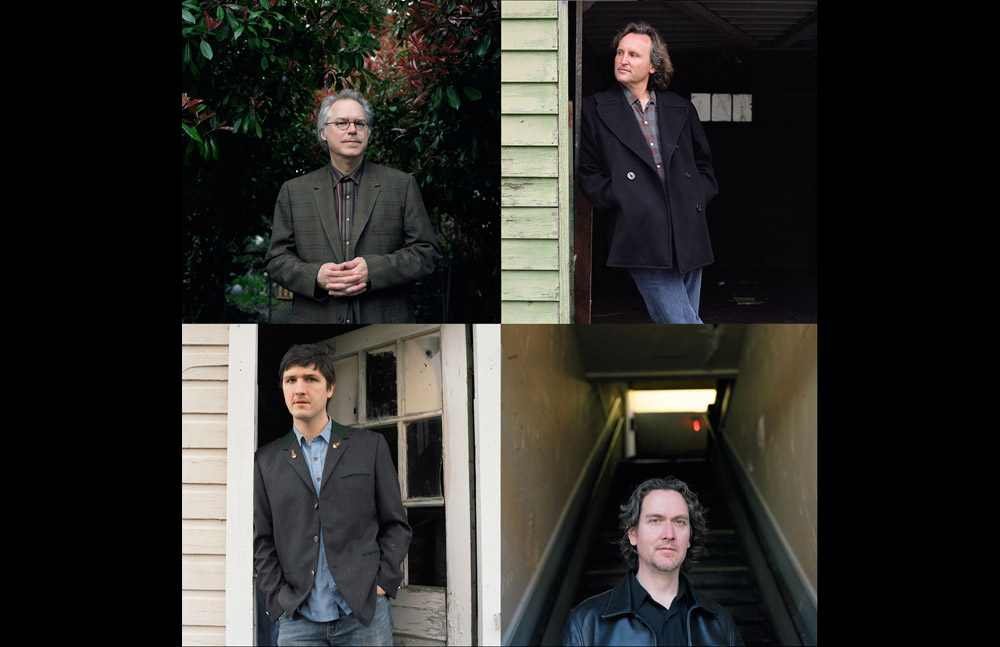

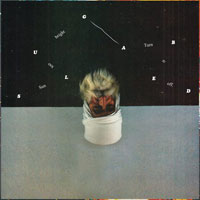






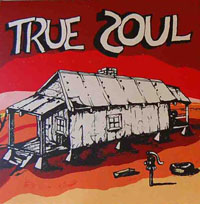 V/A: True Soul: Deep Sounds From the Left of Stax, Volume 1 (
V/A: True Soul: Deep Sounds From the Left of Stax, Volume 1 (
 Sorry Bamba: Volume One 1970-1979 (
Sorry Bamba: Volume One 1970-1979 (
 Blink: The Architects (
Blink: The Architects (
 The Waitiki 7: Waitiki in Hi-Fi (
The Waitiki 7: Waitiki in Hi-Fi (